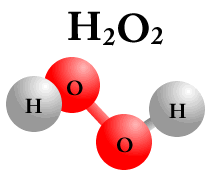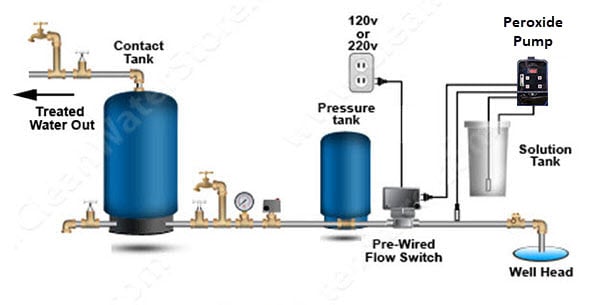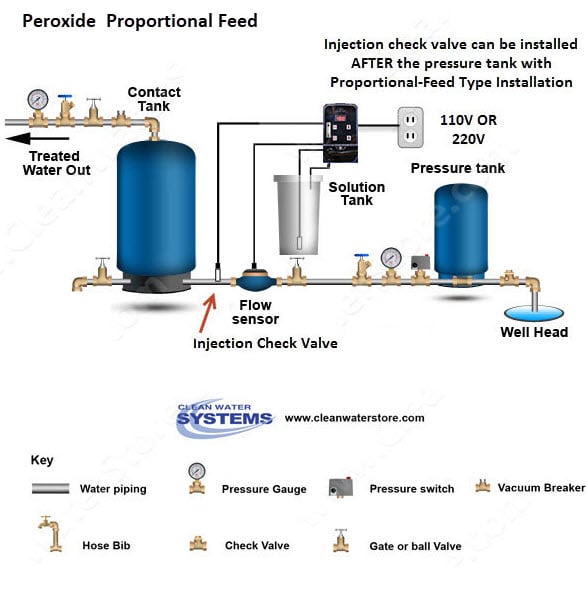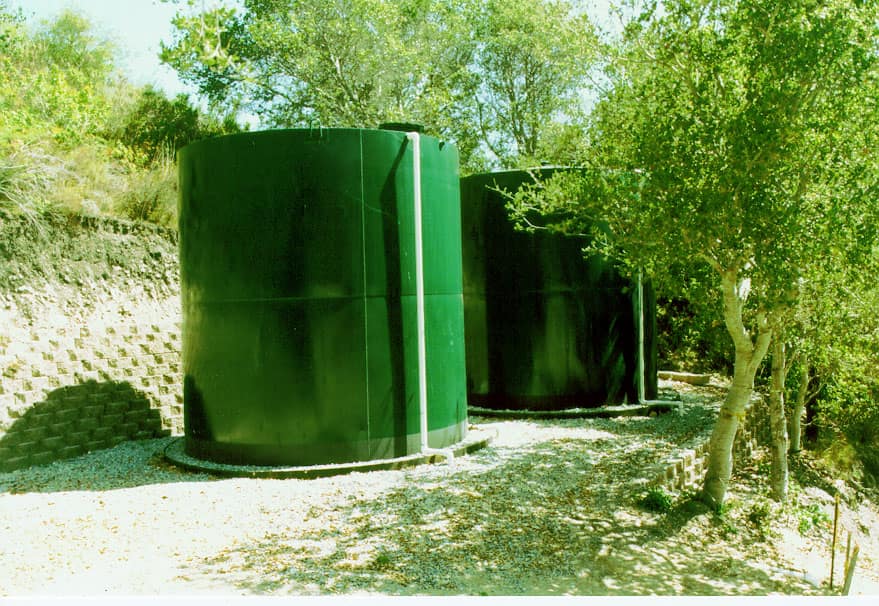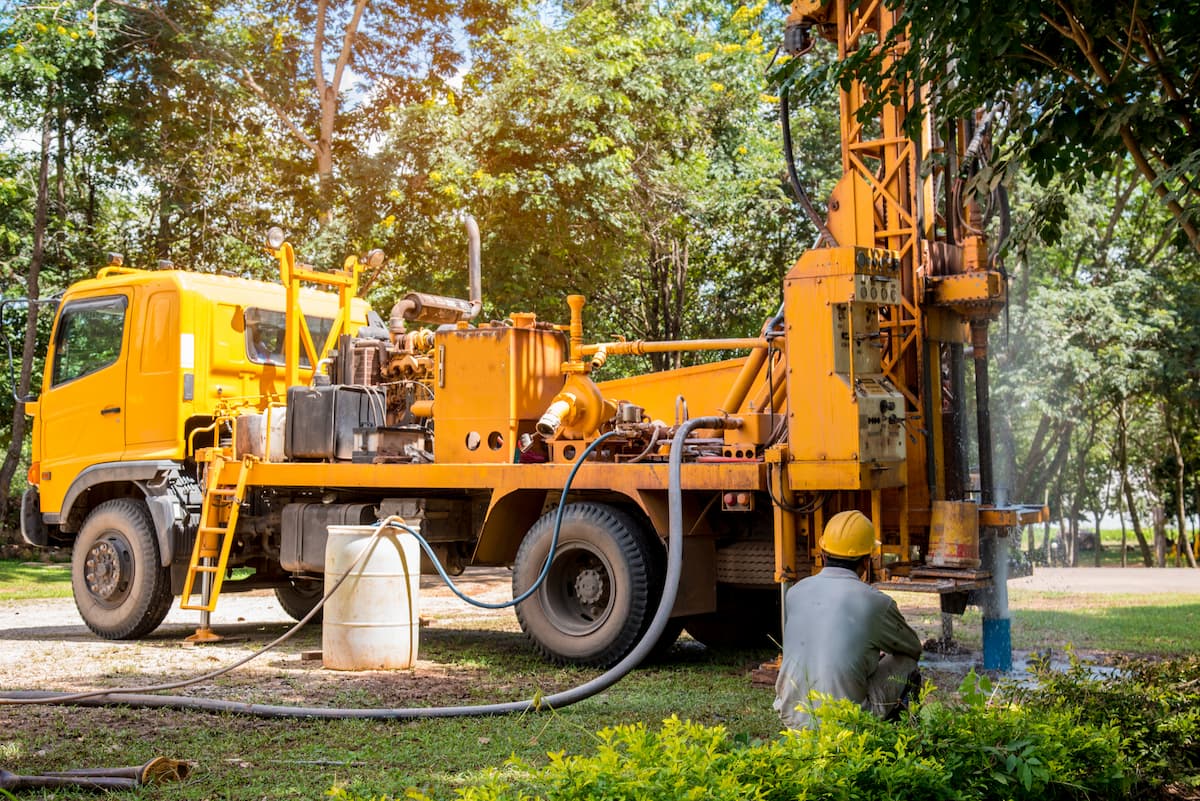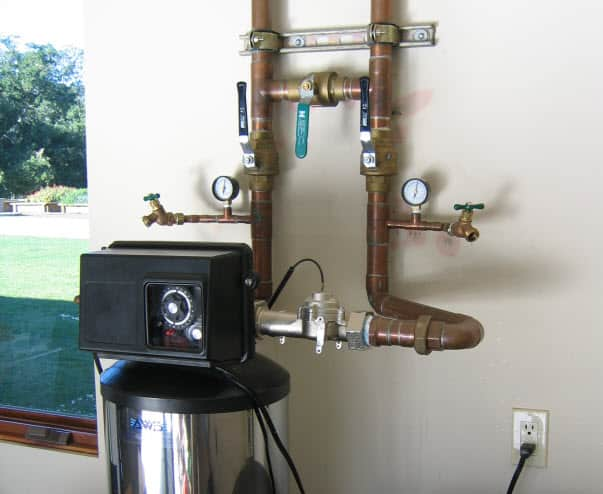Eliminate Well Water Odors: Four Reasons Why Hydrogen Peroxide Water Treatment Is Best
You might think chlorine is the solution if you’ve noticed an unpleasant, rotten-eggs odor from your well water. But before you go down this route, take a moment to consider hydrogen peroxide water treatment as an alternative.
Water containing hydrogen sulfide gas (“H2S”) has a unique “rotten egg” odor, which is often present in both hot and cold water but may become more pronounced in hot water. This kind of water can discolor coffee, tea, and other beverages and alter the appearance and taste of cooked food.
Hydrogen peroxide is an environmentally friendly and cost-effective way to eliminate this odor in your well water. Hydrogen peroxide is totally miscible with water, ensuring a thorough and even distribution throughout your water system.
What is Hydrogen Peroxide Water Treatment?
Hydrogen peroxide water treatment is a natural purification system that leverages the powerful oxidizing propertie
s of hydrogen peroxide (H2O2) to remove contaminants and pollutants from drinking water. Unlike traditional chemical oxidants like chlorine dioxide and potassium permanganate, hydrogen peroxide is a natural metabolite that is both cost-effective and environmentally friendly. This method effectively eliminates the rotten egg odor caused by hydrogen sulfide and other impurities in wate
r systems. By using hydrogen peroxide, you can ensure your drinking water is clean, safe, and free from harmful chemical residues.
Why Hydrogen Peroxide Works Better Than Chlorine
Hydrogen peroxide systems are often better than chlorine at eliminating rotten-egg odor in well water, as they work faster than chlorine.
When injected into water, hydrogen peroxide releases a large amount of dissolved oxygen, which has a strong oxidizing effect. It destroys odors and oxidizes iron and other contaminants. Unlike traditional chemical oxidants like chlorine dioxide and potassium permanganate, hydrogen peroxide is a natural metabolite that is both cost-effective and environmentally friendly.
Hydrogen peroxide does not add chemical by-products to your water; it only adds oxygen and water.
Water treated with peroxide can be filtered with activated catalytic carbon, which lasts much longer than carbon used to remove chlorine.
By releasing oxygen atoms into the environment, hydrogen peroxide reacts to the hydrogen sulfide gas molecules, breaking them up into water and small amounts of sulfur dioxide.
Remember that hydrogen peroxide is a much safer method for eliminating hydrogen sulfide rotten-egg odors than a chemical cleaner since it does not contain harmful chemicals that could damage your family’s health or the environment.
Benefits of Using Hydrogen Peroxide for Drinking Water
Using hydrogen peroxide for drinking water treatment offers numerous advantages. Firstly, it is a natural and non-toxic solution that leaves no chemical residues, ensuring your water remains pure and safe. Secondly, hydrogen peroxide acts as a broad-spectrum disinfectant, effectively removing a wide range of microorganisms, including bacteria, viruses, and fungi.
Additionally, it is a cost-effective solution that can enhance the effectiveness of other water treatment methods. One of the standout benefits of using hydrogen peroxide is its gaseous release, which does not alter the pH levels of the water, making it a reliable choice for maintaining the quality of your drinking water.
Hydrogen peroxide (H2O2) is a naturally occurring chemical compound composed of two hydrogen atoms and two oxygen atoms that can be found in rainwater and some natural springs. It can also be produced synthetically and used for several purposes, including disinfecting surfaces and eliminating odors in well water.
Hydrogen peroxide water treatment injects peroxide in precise levels into the water pipes as the water flows from your well. Hydrogen peroxide systems can be installed at the wellhead or, if a proportion
al flow-sensor type peroxide system is used, on the incoming water pipes to your home. Hydrogen peroxide is particularly effective in breaking down organic matter, which can significantly reduce the chemical oxygen demand (COD) in your water system.
After the peroxide is injected, the water flows through a catalytic carbon backwash filter system to remove any remaining peroxide residual along with sediment and oxidized particles.
How Can I Turn On and Off My Peroxide Pump Automatically?
The injection pump needs to be installed so it turns on and off automatically each time the well pump turns on or water flows.
1. Wire the peroxide pump to the same circuit as the well pump via the pressure switch.
Standard Installation: It is wired to the pressure switch to turn on and off with the well pump. NOTE: A contact tank is not needed in most applications.
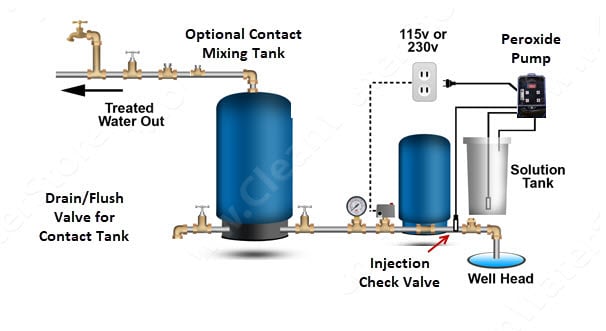
2. Wire to a flow switch.
The flow switch is plugged into a wall outlet, and the peroxide injection pump is plugged into an outlet on the flow switch. When water flows, the peroxide pump is turned on and off, and the pump is turned off when water stops flowing.
3. Use a proportional feed-type pump.
This type of peroxide pump works in conjunction with a flow meter. It is wired so that the pump injects more or less peroxide based on the water flow.
This also makes it easy to install your peroxide system without requiring an electrician.
When properly maintained and managed, the well water's hydrogen peroxide level can be precisely controlled, ensuring maximum effectiveness against sulfur bacteria and other microorganisms that cause odors.
Install a Catalytic Activated Carbon After Peroxide Injection System
In addition to being economical and easy to use, one key advantage of these systems is their ability to reduce problems associated with chlorine-based treatments, such as corrosion, taste and smell issues, and potential health risks.
Best of all, no retention tank is typically needed when using hydrogen peroxide for odor removal; once the oxidized particles settle out of the water, they can be filtered out with a catalytic carbon backwashing filtration system.
The actual treatment procedure is simple. Whenever the well pump turns on, a metering pump automatically inserts a tiny amount of hydrogen peroxide in front of the pressure tank.
Use a Catalytic Carbon Filter After Peroxide Injection
The back-washing carbon filter system is installed after the pressure tank filters the water. The result is clean, disinfected, and odor-free water throughout the home.
Flow Sensor Systems Allow Peroxide Systems to Be Installed After Well
In some cases, it's not practical to install the peroxide injection point near the well, or perhaps you are on a shared community well and prefer to have the system right where the water enters the home.
In this case, a flow-based system can be used. This system uses a proportional flow meter to control the peroxide injection pump.
As soon as there is flow, the peroxide pump injects a small amount of hydrogen peroxide based on the speed of the water flowing through the pipe.
Proportionally fed hydrogen peroxide products offer owners a convenient way to inject hydrogen peroxide as the water enters the household plumbing system and are very easy to set up and maintain.
Can You Use a Water Softener with Hydrogen Peroxide?
Yes. See this diagram. Install your water softener after the catalytic carbon backwash filter.
Why Is Hydrogen Peroxide Better Than Chlorine?
Hydrogen peroxide offers several advantages over chlorine for treating well water—especially when it comes to eliminating odors, iron, and other contaminants. Here’s why many homeowners prefer it:
Benefits of Using Hydrogen Peroxide Over Chlorine
- Fast-acting: Begins working immediately by releasing dissolved oxygen, unlike chlorine, which needs time to build up residual levels.
- No harmful by-products: Breaks down into water and oxygen—no chemical residue left behind.
- Eco-friendly: Safer for the environment and your plumbing system compared to chlorine.
- No retention tank needed: Works quickly without long contact time, making it easier to install and maintain.
- Effective on multiple contaminants: Oxidizes iron, hydrogen sulfide (rotten egg odor), and even some solvents and petroleum-based contaminants.
- Improves taste and smell: Leaves water fresh and clean without altering its mineral content.
While hydrogen peroxide may cost slightly more than chlorine upfront, its efficiency and environmental benefits make it a smart long-term investment for well water treatment.
Note: Hydrogen peroxide is not recommended for disinfecting coliform or other harmful bacteria. For those cases, chlorine injection or an ultraviolet (UV) system is still advised.
Why Use Catalytic Carbon After Peroxide?
Catalytic carbon is highly effective when used after peroxide injection in well water systems. Here’s why:
- Enhanced Oxidation: Catalytic carbon has a specially treated surface that accelerates the breakdown of hydrogen peroxide into water and oxygen. This boosts peroxide's ability to oxidize contaminants like hydrogen sulfide and iron.
- Longer Lifespan: Unlike standard activated carbon, catalytic carbon doesn’t wear out quickly when used with peroxide. It lasts significantly longer, offering better long-term performance.
- High-Performance Media: Our catalytic carbon is made from high-quality coconut shell. It reduces a wide range of contaminants, including:
- Chloramines
- Hydrogen sulfide
- Hydrogen peroxide
- THMs, TCE, PCE
- Detergents, pesticides, phenols
- Taste and odor compounds
-
Optimized Design: The porous structure of the carbon provides a large surface area, making it ideal for contacting and breaking down peroxide efficiently.
Reminder: Hydrogen peroxide is excellent for removing sulfur odors and iron bacteria, but it’s not effective for coliform disinfection. Use chlorine bleach to sanitize pipes annually and consider a UV sterilizer and bacteria filter if coliform bacteria are present.
How Does Hydrogen Peroxide Work?
Hydrogen peroxide releases dissolved oxygen into well water, destroying the rotten-egg smell caused by sulfur bacteria and other microorganisms. It also converts hydrogen sulfide gas and iron into solid particles, which filters then remove.
A hydrogen peroxide injection system adds peroxide to the water. This system uses a diaphragm injector pump to slowly and precisely disperse hydrogen peroxide into the water line.
The injector pump mixes the peroxide directly into the incoming water flow, which then travels throughout the building’s plumbing system.
Most hydrogen peroxide injection pumps are installed outside near the wellhead, making them easy to access and maintain.
What Are the Main Benefits of Hydrogen Peroxide Treatment?
Hydrogen peroxide works faster than chlorine at eliminating rotten-egg odors in well water.
When injected, it releases oxygen, which powerfully oxidizes odors, iron, and other contaminants, without adding chemical byproducts. It breaks down into just water and oxygen.
Peroxide-treated water can be filtered with catalytic carbon, which lasts longer than carbon used for chlorine removal.
Unlike chlorine, peroxide doesn’t create harmful byproducts like chloroform or dioxins. It’s safer for both human health and the environment.
Overall, peroxide is a stronger oxidizer than chlorine and offers clean, safe, and effective water treatment.
Choosing the Right Hydrogen Peroxide System
To select the right hydrogen peroxide system, begin by evaluating your water for contamination and identifying the specific pollutants you need to remove. Then, evaluate your system’s flow rate and pressure to make sure the peroxide system can handle your water volume efficiently.
Additionally, consider how frequently you will need to maintain and test the system to ensure it continues to run safely and effectively over time.
Safety and Effectiveness
Hydrogen peroxide water treatment is a highly effective method for removing contaminants and pollutants from drinking water.
Hydrogen peroxide can eliminate up to 99.9% of microorganisms and other impurities in water systems when used correctly.
However, it is crucial to follow the manufacturer’s instructions and take the necessary safety precautions when handling hydrogen peroxide. Regular system maintenance and testing are also essential to ensure it functions correctly. By adhering to these guidelines, you can maximize the safety and effectiveness of your hydrogen peroxide water treatment system.
Maintenance and Testing
Regular maintenance and testing are vital to ensure your hydrogen peroxide system operates efficiently and provides safe drinking water. This includes monitoring the system's pH and flow rates and testing for residual hydrogen peroxide levels. Regular inspections for signs of wear and tear are also necessary, with prompt repairs or replacements as needed.
<p>Following these maintenance and testing procedures ensures that your hydrogen peroxide system remains effective and delivers clean and healthy drinking water for your family.
Questions? Email our technical support team at support@cleanwaterstore.com or chat or call us anytime!
Related links:
Hydrogen Peroxide for Well Water Treatment: How to Eliminate Odors with Peroxide
Learn more about private wells on the EPA website.


